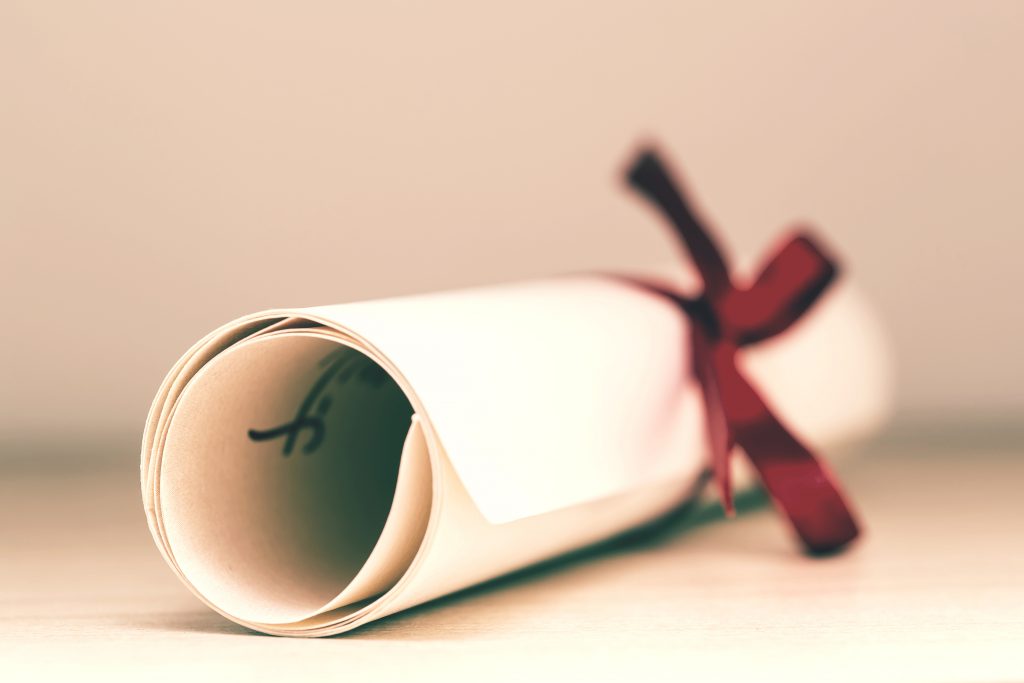 Diamonds might be forever, but not all of them are worth the price you pay. The four Cs — carat, colour, clarity, and cut — are just some of the main factors that can affect the cost. It also matters where they come from and whether you’re buying them loose or already set. If you aren’t careful, you could end up buying a fake diamond!
Diamonds might be forever, but not all of them are worth the price you pay. The four Cs — carat, colour, clarity, and cut — are just some of the main factors that can affect the cost. It also matters where they come from and whether you’re buying them loose or already set. If you aren’t careful, you could end up buying a fake diamond!
Because price does matter with something as expensive as diamonds, you need to be wise about it. Finecraft Jewellery, a large supplier of diamond jewellery in London, highly recommends getting a diamond certificate.
Granted, many diamonds with certificates are pricier than those that don’t, but it’s because you’re paying something premium. A report indicates the realness of the diamond. You will also know you don’t fall into a scam of overpaying. Sellers price diamonds per carat, which increases as the weight also goes up.
Diamonds are investments
So if you tire of it, you can sell them in the market for a good price. You give yourself an edge over other sellers with a certificate. Besides, wouldn’t it be interesting to know more about the fine-crafted jewellery you have?
Which Certificates Should You Get?
This one is tricky and confusing. A lot of laboratories can provide you with one, and all of them can have their method of evaluating the stone. In other words, their results can vary, and some of them may be less reliable than the others.
For this reason, it’s best to stick with GIA certificate. GIA stands for Gemological Institute of America. Many like it since it’s a non-profit organization, which means there’s no conflict of interest during the appraisal. It’s also common for diamond investors to compare all the other reports with this.
GIA has recently launched a new feature called Report Check. With it, you can already compare the information found on your report with the one in their database. This way, you will know if someone tampered with the data.
You can send your diamonds to their lab for testing. It may take a couple of weeks to get the report, however, due to shipping. Either way, don’t forget to get your item insured before you send it.

